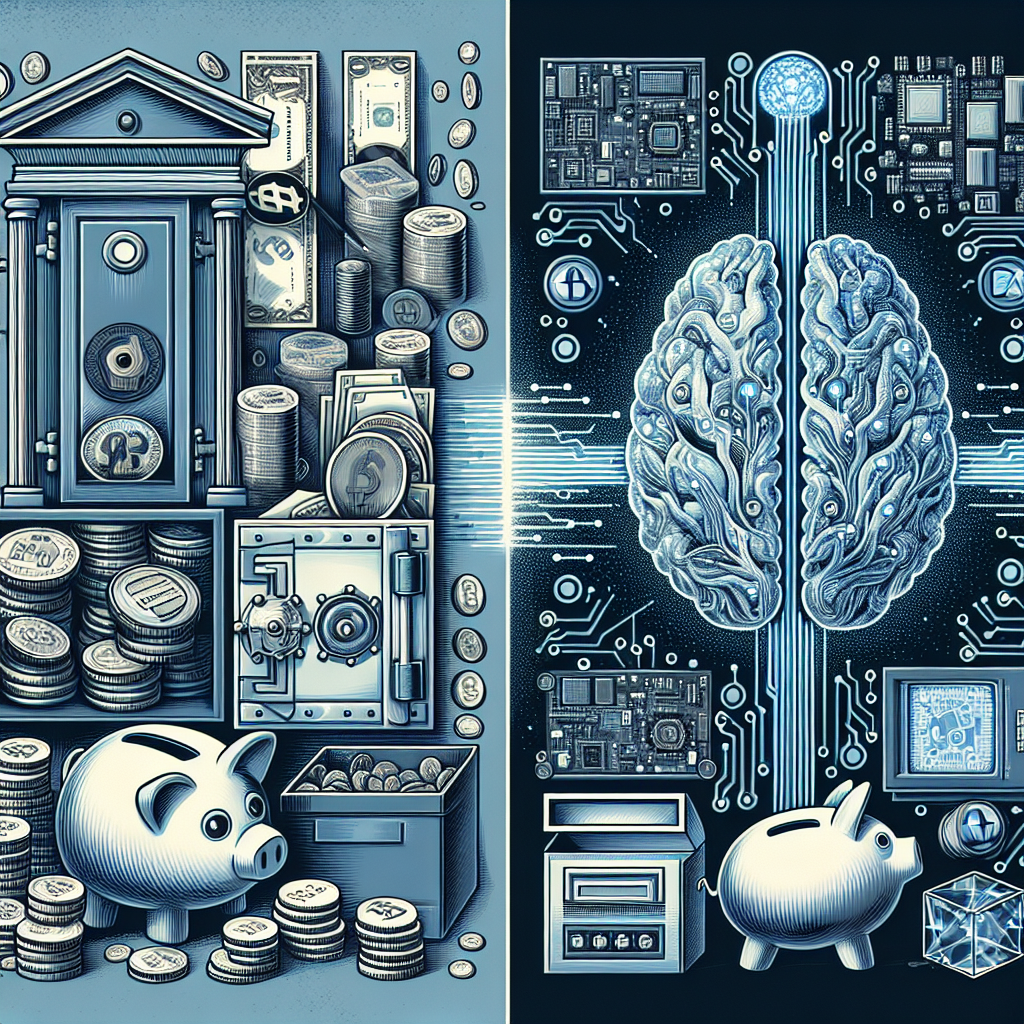The Role of AI in Cross-Selling and Upselling Strategies in Banking
In the competitive landscape of the banking industry, cross-selling and upselling have become essential strategies for financial institutions to boost revenue and increase customer loyalty. Cross-selling refers to the practice of selling additional products or services to an existing customer, while upselling involves encouraging a customer to purchase a more expensive version of a product or service they are already considering.
With the rapid advancements in technology, artificial intelligence (AI) has emerged as a powerful tool for banks to enhance their cross-selling and upselling strategies. AI has the ability to analyze vast amounts of customer data, identify patterns and trends, and provide personalized recommendations to customers, leading to increased sales and improved customer satisfaction.
There are several ways in which AI is transforming cross-selling and upselling strategies in banking:
1. Personalized Recommendations: AI algorithms can analyze customer data, such as transaction history, browsing behavior, and demographic information, to create personalized product recommendations for each customer. By understanding each customer’s preferences and needs, banks can offer targeted products and services that are more likely to resonate with the customer, leading to higher conversion rates.
2. Predictive Analytics: AI can also leverage predictive analytics to forecast customer behavior and preferences. By analyzing historical data and trends, AI algorithms can predict which customers are more likely to purchase a specific product or upgrade to a premium service. This enables banks to proactively reach out to customers with personalized offers, increasing the likelihood of a successful cross-selling or upselling opportunity.
3. Automation: AI-powered chatbots and virtual assistants can engage with customers in real-time, providing personalized recommendations and assistance with product inquiries. These virtual assistants can handle routine customer queries, freeing up human agents to focus on more complex tasks and high-value interactions. By automating the cross-selling and upselling process, banks can reach more customers at scale and increase efficiency.
4. Risk Management: AI can also help banks mitigate risks associated with cross-selling and upselling strategies. By analyzing customer data and behavior patterns, AI algorithms can identify potential red flags, such as customers who are at risk of churn or engaging in fraudulent activities. This allows banks to tailor their cross-selling and upselling efforts to minimize risks and ensure compliance with regulatory requirements.
5. Customer Segmentation: AI can segment customers into different groups based on their preferences, behavior, and demographics. By understanding the unique needs of each customer segment, banks can tailor their cross-selling and upselling strategies to target specific customer segments with relevant offers. This ensures that customers receive personalized recommendations that are more likely to lead to a successful sale.
6. Relationship Building: AI can help banks build stronger relationships with customers by providing personalized recommendations and timely assistance. By leveraging AI-powered tools, banks can create a seamless customer experience that fosters trust and loyalty. This can result in higher customer retention rates and increased lifetime value for each customer.
7. Real-time Insights: AI can provide banks with real-time insights into customer behavior and preferences. By monitoring customer interactions and transactions in real-time, banks can identify opportunities for cross-selling and upselling and act on them immediately. This enables banks to capitalize on emerging trends and customer needs, leading to higher sales and improved customer satisfaction.
Frequently Asked Questions (FAQs):
Q: How does AI improve cross-selling and upselling in banking?
A: AI enhances cross-selling and upselling in banking by analyzing customer data, providing personalized recommendations, leveraging predictive analytics, automating processes, managing risks, segmenting customers, building relationships, and providing real-time insights.
Q: What are some examples of AI-powered cross-selling and upselling strategies in banking?
A: Examples of AI-powered cross-selling and upselling strategies in banking include personalized product recommendations, predictive analytics for forecasting customer behavior, automation through chatbots and virtual assistants, risk management through fraud detection, customer segmentation for targeted offers, relationship building through personalized interactions, and real-time insights for timely actions.
Q: How can banks use AI to mitigate risks associated with cross-selling and upselling?
A: Banks can use AI to mitigate risks by analyzing customer data for red flags, such as churn risk or fraudulent activities, tailoring cross-selling and upselling efforts to minimize risks, and ensuring compliance with regulatory requirements.
Q: What are the benefits of using AI for cross-selling and upselling in banking?
A: The benefits of using AI for cross-selling and upselling in banking include increased sales, improved customer satisfaction, higher conversion rates, enhanced efficiency, reduced risks, personalized recommendations, stronger relationships with customers, and real-time insights for proactive actions.
In conclusion, AI is playing a crucial role in transforming cross-selling and upselling strategies in banking. By leveraging AI-powered tools and algorithms, banks can enhance customer engagement, increase sales, and improve customer satisfaction. As technology continues to evolve, AI will continue to shape the future of cross-selling and upselling in the banking industry, providing banks with a competitive edge in the market.

